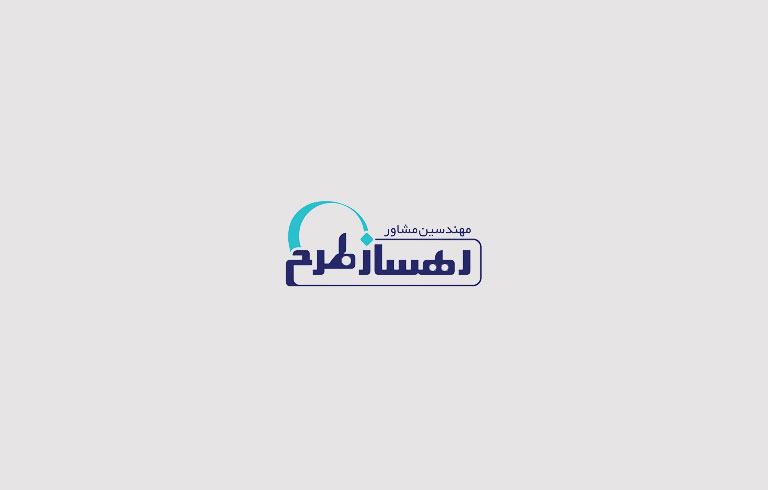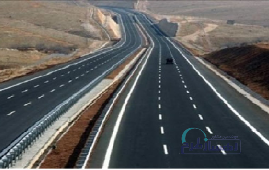
LINE 10 METRO OF TEHRAN, TEHRAN, IRAN (L10-TM)
Factors Description Services Engineering and Design, Construction and Supervision Name of Project Line 10 metro of Tehran Employer / Client Tehran Urban and Suburban Railway Co. (TUSRC) Contact Information of the Employer Website address: https://metrogroup.tehran.ir/ Email: info.metro@tehran.ir Phone No: (0098) 21 7724 4041 Contract Number 410011/02 Type of Contract The phase two design is carried out by the RahsazTarh consulting engineers Co., approved by the project manager, and executed by the contractor (4 elements). Contract Duration Ongoing Date of Start Mar 2023 Date of Finish Ongoing Duration of the Project Ongoing Key Project Characteristics The Tehran Metro Line 10 spans over a distance of 48 kilometers It intersects with most of the existing Tehran Metro lines, including Lines 1, 2, 3, 4, 5, 6, and 7 It consists of 37 stations Engineering geological units of soil materials along the tunnel route: fine-grained and coarse-grained soil materials including ET1, ET2, ET3, ET4, and FL The estimated number of passenger trips is around 19,286 per hour in each direction, denoted as PPHPD Type of excavation machine: earth pressure balance tunnel boring machine (TBM-EPB)-HERRENKNECHT TBM transport system: locomotive wagon Direction of project: western part to eastern part of Tehran Challenges and Difficulties Passing through the vicinity of tall buildings with deep excavations and underground spaces supported by arcs and temporary anchors. Operational limitations in relation to the slope of the route, considering the mechanized transport system, consisting of locomotives and wagons. Constraints and challenges pertaining to the engineering design of the route: Lake Station: Involves the entry shaft of the Tunnel Boring Machine (TBM) and the essential fix point for the route. Koohsar Station: Features an intersection with Tehran Metro Line 6 and imposes restrictions on both vertical and horizontal distances. Olympic Station: Requires crossing the Karaj River after the station, serving as an interchange station with Tehran Metro Line 9. It also includes a TBM support shaft and a complex station structure. Jannat Abad Station: Involves TBM exit shaft number one and entry shaft number two. It also requires the construction of an underpass at the intersection of Niayesh-Jannat Abad, and faces the challenge of accommodating a water channel. Addressing and coordinating all these constraints requires an efficient engineering design. Iran Shahr Station: Positioned within a fault zone, it faces issues related to land ownership and workshop equipment, ultimately resulting in the relocation of the station. Ashrafi Station: The station faces a design challenge due to the presence of the Farahzad channel at a height of 10 meters. The construction of the station required effective solutions to cross under the channel or elevate above it. Ketab Station: Serves as an interchange with Tehran Metro Line 7, with shaft support at Ketab Square, facilitating the operation of the excavated route from Lake Station to Ketab Square. Atisaz Station: Situated within a fault zone and requires passage between two sets of towers (Atisaz and Baghe Behesht). Description of services Research: Investigation into the second phase design of the plan and profile of route 10 of the Tehran metro Studies on drainage and water barriers Assessment of settlement and risk analysis of surface structures within the tunnel corridor Design: Development of the second phase of the tunnel and associated structures Design of instrumentation and monitoring layout for the tunnel Design the pressure at the tunnel face and pressure at the chamber of earth pressure balance machine Design of segmental grout injection Planning for the geometric design of segments Structural design of tunnel segment covering in normal and critical sections (structures, urban facilities, openings) and the provision of relevant reports and maps Design of phase-two mid-tunnel ventilation systems and emergency exits Solution to Overcome Obstacles The engineering design of the project's route effectively addressed various challenges, such as navigating through buildings with deep nailing without causing damage, overcoming operational constraints related to wagon slope, and accommodating the depth limitations of one of the project's stations. The project route requires an effective and well-planned engineering design to address the challenges previously described in the “DESCRIPTION OF SERVICES” section. Achievements The study and project reports were effectively and satisfactorily prepared. The project's engineering route was successfully and efficiently designed to address the challenges and limitations encountered along the project path.
March 2023 Road
REHABILITATION OF KARASF-SOHREVARD ROAD, ZANJAN, IRAN (KSR-Z)
Factors Description Services Engineering and Design, Construction Supervision Name of Project Rehabilitation of Karasf-Sohrevard Road Employer / Client IMIDRO Contact Information of the Employer Website address: imidro.gov.ir Email: info@imidro.gov.ir Phone No: 0098 2141868000 Contract Number 12657, 114660/1402 Type of Contract Design and Build (DB) Contract Duration Ongoing Date of Start Jul 2022 Date of Finish Ongoing Duration of the Project Ongoing Key Project Characteristics · The axis measures 328+14 kilometers, undergoing renovation from kilometer 911.22+3 to kilometer 800+6, and rehabilitation from kilometer 500+6 to kilometer 139.77+11. · When designing the cross-sections for this project, the traffic volume for each axis was taken into consideration. It was decided to configure the section for renovating the route as a two-way line, with each line having a width of 3.6 meters. Additionally, for the rehabilitation section of the route, the decision was made to expand the width of the existing axis road from the west side. · Following the regulations for out-of-town roads, this route is classified as a collector and distributor road, with a maximum design speed of 80 kilometers per hour. · Traffic estimates were the basis for determining the appropriate pavement structure for the first 10 years of this project. It consists of 4 layers with the following specifications: a 15cm subbase layer, a 15cm base layer, and two layers of asphalt comprising 6cm binder and 4cm wearing course. Challenges and Difficulties · Private land ownership · The incapacity to relocate the axis from its current position and the requirement to renovate the current route owing to social and economic consequences of altering and varying paths Description of services Studies: · The initial phase of the project involves comprehensive studies of traffic flow, road construction, geology, hydrology, and environmental impact. · This also includes the detailed design of plan, profile, and cross-section maps in various stages. Additionally, the estimation of traffic flow for the axis over the next 20 years will be carried out with a prediction of the necessary road construction designs for the axis. · Accompanying these studies is the preparation of assessment maps needed for land acquisition, as well as the creation of signage and safety maps designed to enhance the safety of both new and existing routes. Geometric corrections and the design of route intersections will also be addressed. Supervision: · The supervision phase will encompass pre-construction oversight, along with technical and support supervision during the construction period. Furthermore, post-construction supervision will be provided to ensure project completion and guarantee its successful operation. Solution to Overcome Obstacles · Optimizing the approach and method for improving road infrastructure · Modifying the design to align with future urban expansion plans along the corridor and in the cities along the route · Establishing the capability for the collective use of mining access roads as an integral aspect of national highway development Achievements · Enhancement of traffic flow · Mitigation of heavy vehicle congestion and reduction of pass-through traffic within urban areas · Minimization of vehicular wear and tear · Enhanced accessibility and heightened operational efficiency within regional mining sites
Jul 2022 Road